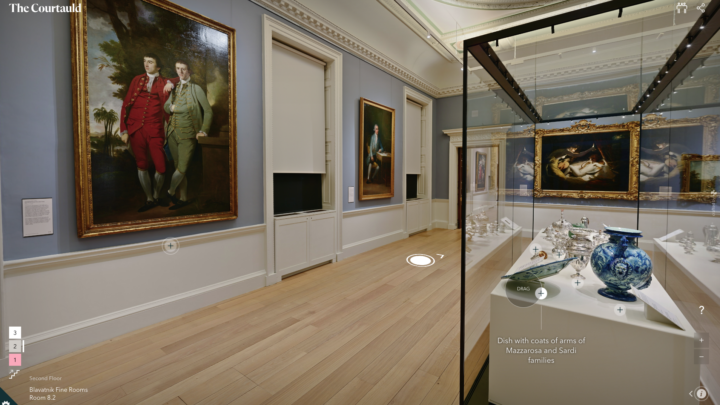
Dish with one of the Magi
16th century, Italy (Deruta)
Lustred ceramics were a must-have design accessory of the elite Renaissance home. The technique of lustre originated in Iraq and Egypt and was brought to Spain by Arab potters in the 12th century. Spain produced and exported huge quantities of these coveted wares across Europe. Around 1500, Italy developed its own specialist centres in Deruta and Gubbio, two small towns in Umbria, in central Italy.
Lustre is formed when a fired, glazed ceramic is painted with metal oxide pigments and fired again, at low temperatures with restricted air supply. This process results in a metallic film that shimmers in candlelight.
This beautifully painted dish shows the close ties between painting and pottery in Umbria, central Italy. The image is based on a detail from a painting by Pietro Vannucci, known as Perugino, at the time the most influential artist in the region.
See this object in The Courtauld Gallery
See more collection highlights
Explore The Courtauld’s remarkable collection of paintings, prints and drawings, sculpture and decorative arts.










